Online Class: Bridging Generational Gaps — Understanding Family Dynamics

-
15Lessons
-
22Exams &
Assignments -
5Hours
average time -
0.5CEUs
Course Description
Course Title: Bridging Generational Gaps: Understanding Family Dynamics
Imagine a family where every conversation flows smoothly, where each voice—regardless of age—resonates with understanding and mutual respect. Picture a home where technology serves as a bridge rather than a barrier, where traditions are cherished memories that everyone, from grandparents to grandchildren, feels proud to uphold. Welcome to "Bridging Generational Gaps: Understanding Family Dynamics," a transformative journey designed to help you make these dreams a reality.
In today's rapidly evolving world, the tapestry of family life is woven with the vibrant threads of generational diversity. The way we communicate, express values, and interact with one another is deeply rooted in our unique generational histories. But how do you navigate these complexities? How do you ensure that your family remains a cohesive and supportive unit in the face of inevitable change? This course holds the key to unlocking those answers.
"Bridging Generational Gaps" invites you to embark on an insightful exploration into the riveting dynamics that shape family interactions across time. With every lesson, you'll peel back the layers of societal evolution, uncovering how historical and cultural shifts have intricately influenced family units and communication patterns. As you delve into these fascinating narratives, you'll gain an appreciation for how understanding these dynamics is not just beneficial—it's essential for fostering deeper empathy and connection within your family.
From examining the silent evolution of generational handshakes to modern-day digital dialogues, you'll discover how technology is both a gift and a challenge. Our innovative approach emphasizes harnessing these technological tools to transcend generational divides, equipping you with the skills to facilitate conversations that everyone finds meaningful and inclusive. Imagine facilitating a family gathering where words and emojis alike are understood and appreciated by all. This course makes that possible.
As you journey further, you'll explore the rich complexity of social media's influence on familial relationships, offering you strategies to bridge even the seemingly insurmountable gaps. Dive into the vibrant world of social platforms, where understanding usage differences can transform family connection, transforming platforms from sources of disconnect into shared spaces of fun and interaction.
But this course is much more than just understanding technology. It's about embracing the beautiful diversity that each family member brings to the table. By charting the historical paths that have molded each generation, you'll discover how empathy and emotional intelligence can be harnessed to respect, cherish, and learn from the differences that make each person unique. Our expert-guided sessions will empower you to unravel the rich narratives that your family has collectively penned across years, reinforcing bonds and paving the way to nurturing an inclusive family ethos.
The road to appreciating generational diversity also includes understanding financial legacies and evolving parenting patterns. You will glean invaluable insights into how economic events have sculpted financial dialogues across generations, equipping you to lead discussions that harmonize past wisdom with future ambitions. Through a lens of empathy, your newfound perspective will make navigating financial conversations an enriching family experience.
This course is akin to crafting a family tapestry with an array of vibrant threads. Each lesson fortifies the tapestry, ensuring it symbolically withstands the test of time. As you build towards the final lesson, you will learn how to preserve stories and traditions through innovative storytelling methods. The skills you acquire here will allow you to document cherished memories in a way that honors elders while simultaneously embracing new family aspirations.
"Bridging Generational Gaps: Understanding Family Dynamics" is more than a course—it's a transformative experience. By the end of this enriching journey, you won't just bridge gaps; you'll eliminate them, creating seamless connections that bind your family. Invest in your family's future today, and see how far understanding, empathy, and unity can take you. Join us in building a bridge that spans generations. Enroll now and become the architect of a family legacy rooted in love, connection, and profound respect.
- Business
- Business Ethics Courses
- Harassment Prevention Courses
- Human Resources Certifications
- Management
- Aromatherapy Courses
- Caregiver Courses
- Career Development Courses
- Communications Courses
- Confidence and Self Esteem Courses
- Healing
- Human Anatomy Courses
- Medical Skills
- Health & Medicine
- Nutrition
- Marketing
- Microsoft Office Certification Courses
- Life Coaching Courses
- Self-Improvement
- Small Business Certifications
- Safety
- Writing Improvement
- Business Writing Courses
Course Lessons
Lesson 1. Bridging Generations: Building Family Unity and Understanding
 Review Practice Worksheet: Lesson-1-HomeWork-12728.pdf
Review Practice Worksheet: Lesson-1-HomeWork-12728.pdf Lesson discussions: Reasons for Taking this Course
Lesson discussions: Reasons for Taking this Course Complete Assignment: Motives for Taking this Course
Complete Assignment: Motives for Taking this Course
Lesson 2. Harnessing Technology for Intergenerational Connection
 Review Practice Worksheet: Lesson-2-Activity-12729.pdf
Review Practice Worksheet: Lesson-2-Activity-12729.pdf Complete: Lesson 2 Activity
Complete: Lesson 2 Activity
Lesson 3. Embracing Generational Diversity
 Review Practice Worksheet: Lesson-3-WordSearch-12730.pdf
Review Practice Worksheet: Lesson-3-WordSearch-12730.pdf Complete: Lesson 3 Activity
Complete: Lesson 3 Activity
Lesson 4. Social Media's Role in Evolving Family Dynamics
 Review Practice Worksheet: Lesson-4-HomeWork-12731.pdf
Review Practice Worksheet: Lesson-4-HomeWork-12731.pdf Complete: Lesson 4 Activity
Complete: Lesson 4 Activity
Lesson 5. The Tapestry of Family Evolution: Unfolding Narratives Across Centuries
 Review Practice Worksheet: Lesson-5-Downloadable-12732.pdf
Review Practice Worksheet: Lesson-5-Downloadable-12732.pdf Complete: Lesson 5 Activity
Complete: Lesson 5 Activity Assessment: Lesson 5 Review Exam
Assessment: Lesson 5 Review Exam
Lesson 6. Building Empathy Bridges in Multigenerational Dynamics
 Review Practice Worksheet: Lesson-6-Activity-12733.pdf
Review Practice Worksheet: Lesson-6-Activity-12733.pdf Assessment: Lesson 6 Review Exam
Assessment: Lesson 6 Review Exam
Lesson 7. Mapping Generational Values Within Families
 Review Practice Worksheet: Lesson-7-Downloadable-12734.pdf
Review Practice Worksheet: Lesson-7-Downloadable-12734.pdf Complete: Lesson 7 Activity
Complete: Lesson 7 Activity Assessment: Lesson 7 Review Exam
Assessment: Lesson 7 Review Exam
Lesson 8. The Intertwined Threads of Parenting Trends and Societal Change
 Review Practice Worksheet: Lesson-8-Downloadable-12735.pdf
Review Practice Worksheet: Lesson-8-Downloadable-12735.pdf Assessment: Lesson 8 Review Exam
Assessment: Lesson 8 Review Exam
Lesson 9. Bridging Past and Future Financial Practices
 Review Practice Worksheet: Lesson-9-WorkSheet-12736.pdf
Review Practice Worksheet: Lesson-9-WorkSheet-12736.pdf Complete: Lesson 9 Activity
Complete: Lesson 9 Activity Assessment: Lesson 9 Review Exam
Assessment: Lesson 9 Review Exam
Lesson 10. Navigating Shifting Family Landscapes: Embracing Change in Modern Dynamics
 Review Practice Worksheet: Lesson-10-Activity-12737.pdf
Review Practice Worksheet: Lesson-10-Activity-12737.pdf Assessment: Lesson 10 Review Exam
Assessment: Lesson 10 Review Exam
Lesson 11. Crafting Family Bonds Through Timeless Tales
 Review Practice Worksheet: Lesson-11-Downloadable-12738.pdf
Review Practice Worksheet: Lesson-11-Downloadable-12738.pdf Assessment: Lesson 11 Review Exam
Assessment: Lesson 11 Review Exam
Lesson 12. The Essence of Family Resilience
 Review Practice Worksheet: Lesson-12-WorkSheet-12739.pdf
Review Practice Worksheet: Lesson-12-WorkSheet-12739.pdf Assessment: Lesson 12 Review Exam
Assessment: Lesson 12 Review Exam
Lesson 13. Intergenerational Dynamics: Building Empathy and Understanding
 Review Practice Worksheet: Lesson-13-WorkSheet-12740.pdf
Review Practice Worksheet: Lesson-13-WorkSheet-12740.pdf Assessment: Lesson 13 Review Exam
Assessment: Lesson 13 Review Exam
Lesson 14. Bridging the Generational Divide: New Approaches to Family Dynamics
 Review Practice Worksheet: Lesson-14-Downloadable-12741.pdf
Review Practice Worksheet: Lesson-14-Downloadable-12741.pdf Assessment: Lesson 14 Review Exam
Assessment: Lesson 14 Review Exam
Lesson 15. Evolving Gender Norms and Family Dynamics
 Review Practice Worksheet: Lesson-15-Activity-12742.pdf
Review Practice Worksheet: Lesson-15-Activity-12742.pdf Lesson discussions: End of Course Poll; Course Comments
Lesson discussions: End of Course Poll; Course Comments Assessment: Lesson 15 Review Exam
Assessment: Lesson 15 Review Exam
Learning Outcomes
- Demonstrate an understanding of intergenerational empathy by engaging in family discussions that acknowledge and appreciate diverse generational experiences and perspectives.
- Define generational dynamics by identifying key characteristics and values of each generation, facilitating effective communication within familial relationships.
- Demonstrate understanding of non-verbal communication differences across generations by engaging in a role-play that showcases at least two types of non-verbal misunderstandings and suggests strategies to address them.
- Identify and describe at least two distinct verbal communication styles used by different generations and provide examples of how they can create misunderstandings in family dynamics.
- Demonstrate strategies to facilitate technology adoption for older generations, enhancing their ability to connect with family members across different age groups.
- Recognize and describe the key characteristics and influences of each generation to foster empathy and improve intergenerational family communication.
- Demonstrate strategies to enhance digital literacy within families, fostering improved communication and understanding across generational divides.
- Recognize and differentiate the preferred social media platforms across generations and explain how these preferences influence family communication dynamics.
- Analyze the evolution of family structures by describing the socio-economic and cultural factors that transformed households from agrarian to nuclear settings, and assess their impact on current family dynamics.
- Define the role of traditions in modern family life by identifying how rituals contribute to cultural continuity and empower children with coherent identities.
- Define empathy and its significance in bridging generational gaps within family dynamics.
- Demonstrate active listening skills to enhance emotional intelligence and foster intergenerational understanding in diverse family settings.
- Define common values shared across generations, such as love and responsibility, to foster unity and address differences constructively within families.
- Demonstrate mastery of lesson content at levels of 70% or higher.
Additional Course Information

- Document Your Lifelong Learning Achievements
- Earn an Official Certificate Documenting Course Hours and CEUs
- Verify Your Certificate with a Unique Serial Number Online
- View and Share Your Certificate Online or Download/Print as PDF
- Display Your Certificate on Your Resume and Promote Your Achievements Using Social Media

Related Courses
-
 5 hours
0.5 CEUs
Promoting Social Skills in Special Education
+ More Info
5 hours
0.5 CEUs
Promoting Social Skills in Special Education
+ More Info
-
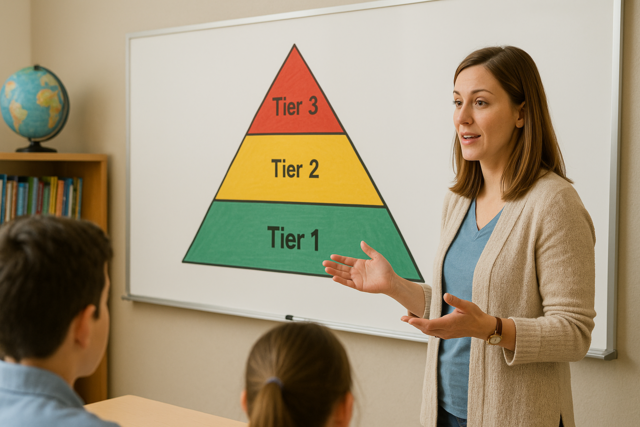 5 hours
0.5 CEUs
Implementing RTI Models in Schools
+ More Info
5 hours
0.5 CEUs
Implementing RTI Models in Schools
+ More Info
-
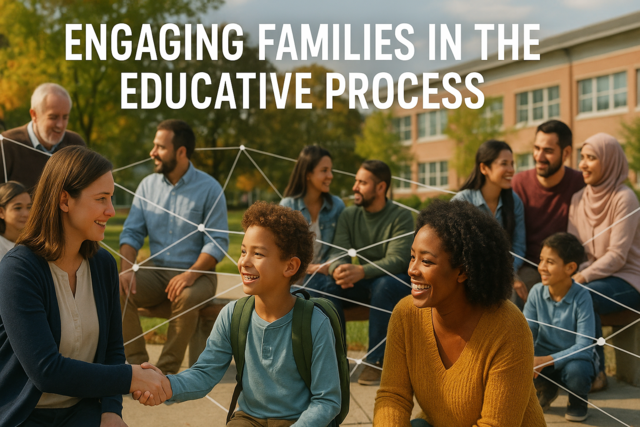 5 hours
0.5 CEUs
Engaging Families in the Educative Process
+ More Info
5 hours
0.5 CEUs
Engaging Families in the Educative Process
+ More Info
-
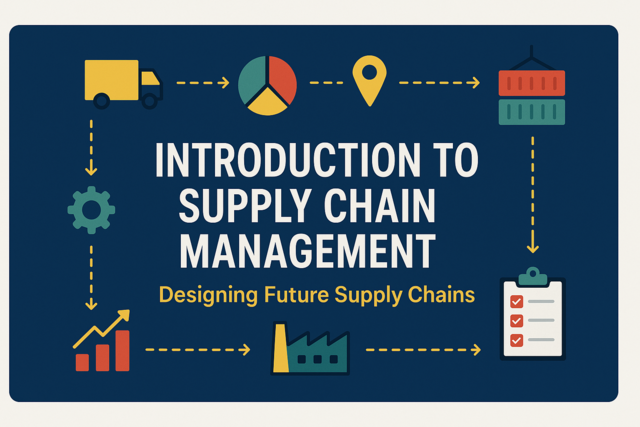 4 hours
0.4 CEUs
Introduction to Supply Chain Management
+ More Info
4 hours
0.4 CEUs
Introduction to Supply Chain Management
+ More Info
-
 6 hours
0.6 CEUs
Mysterious Forces in the Cosmos
+ More Info
6 hours
0.6 CEUs
Mysterious Forces in the Cosmos
+ More Info
-
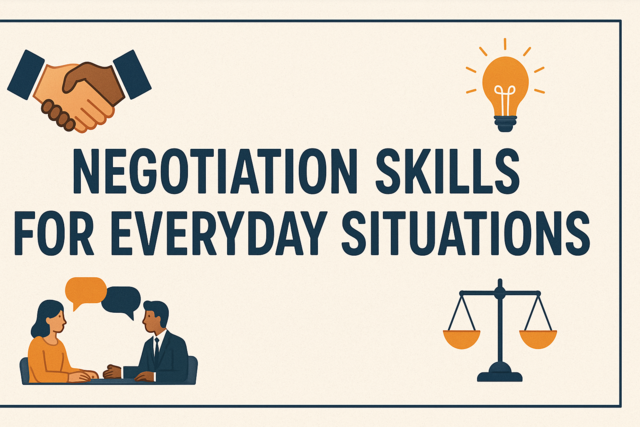 3 hours
0.3 CEUs
Negotiation Skills for Everyday Situations
+ More Info
3 hours
0.3 CEUs
Negotiation Skills for Everyday Situations
+ More Info
-
 6 hours
0.6 CEUs
Timeless Aesthetics: Navigating Luxury Brand Evolution
+ More Info
6 hours
0.6 CEUs
Timeless Aesthetics: Navigating Luxury Brand Evolution
+ More Info
-
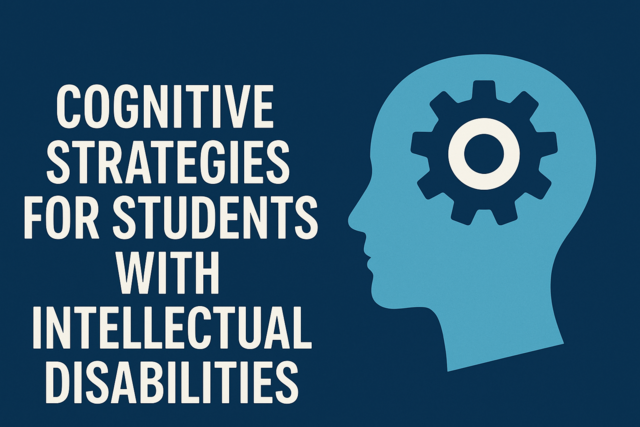 7 hours
0.7 CEUs
Cognitive Strategies for Students with Intellectual Disabilities
+ More Info
7 hours
0.7 CEUs
Cognitive Strategies for Students with Intellectual Disabilities
+ More Info
-
 6 hours
0.6 CEUs
Remote Leadership and Team Management
+ More Info
6 hours
0.6 CEUs
Remote Leadership and Team Management
+ More Info
-
 4 hours
0.4 CEUs
Energy Medicine: Harnessing Your Body's Power
+ More Info
4 hours
0.4 CEUs
Energy Medicine: Harnessing Your Body's Power
+ More Info
-
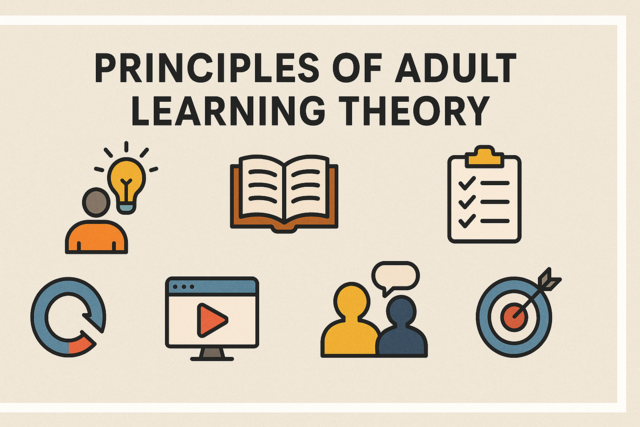 4 hours
0.4 CEUs
Principles of Adult Learning Theory
+ More Info
4 hours
0.4 CEUs
Principles of Adult Learning Theory
+ More Info
-
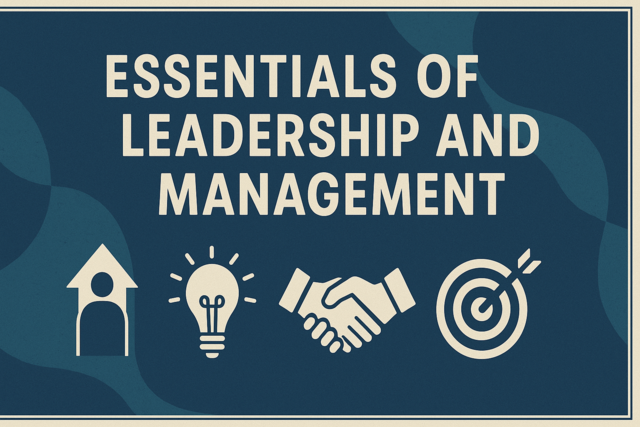 4 hours
0.4 CEUs
Essentials of Leadership and Management
+ More Info
4 hours
0.4 CEUs
Essentials of Leadership and Management
+ More Info
-
 6 hours
0.6 CEUs
Sustainable Practices in Business
+ More Info
6 hours
0.6 CEUs
Sustainable Practices in Business
+ More Info
-
 7 hours
0.7 CEUs
Vintage Visions: Integrating Past Styles in Modern Luxury
+ More Info
7 hours
0.7 CEUs
Vintage Visions: Integrating Past Styles in Modern Luxury
+ More Info
-
 5 hours
0.5 CEUs
Building Emotional Safety Nets: A Guide for Couples
+ More Info
5 hours
0.5 CEUs
Building Emotional Safety Nets: A Guide for Couples
+ More Info
-
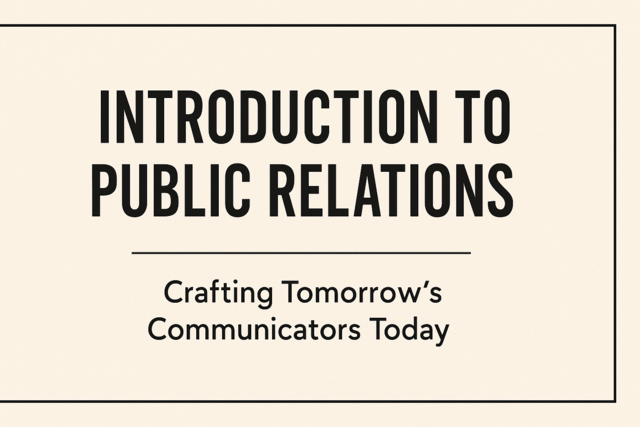 3 hours
0.3 CEUs
Introduction to Public Relations
+ More Info
3 hours
0.3 CEUs
Introduction to Public Relations
+ More Info
-
 7 hours
0.7 CEUs
Authentic Connections: The Importance of Transparency in Relationships
+ More Info
7 hours
0.7 CEUs
Authentic Connections: The Importance of Transparency in Relationships
+ More Info
-
 6 hours
0.6 CEUs
Mysteries of Druidic Lore and Alchemical Practices
+ More Info
6 hours
0.6 CEUs
Mysteries of Druidic Lore and Alchemical Practices
+ More Info
-
 7 hours
0.7 CEUs
The Capsule Wardrobe: Streamlining Luxury with Style
+ More Info
7 hours
0.7 CEUs
The Capsule Wardrobe: Streamlining Luxury with Style
+ More Info
-
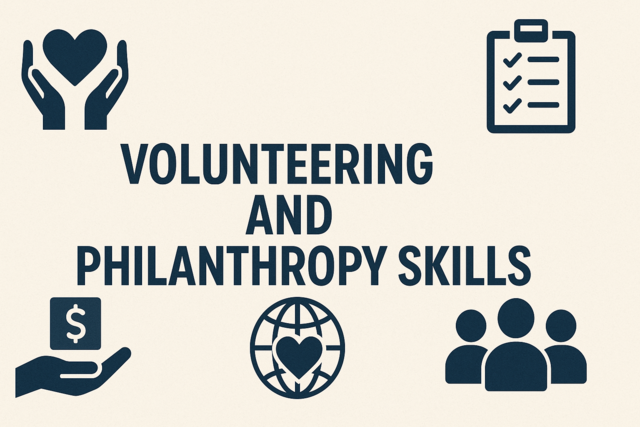 7 hours
0.7 CEUs
Volunteering and Philanthropy Skills
+ More Info
7 hours
0.7 CEUs
Volunteering and Philanthropy Skills
+ More Info
-
 7 hours
0.7 CEUs
Effective Minute-Taking for Meetings
+ More Info
7 hours
0.7 CEUs
Effective Minute-Taking for Meetings
+ More Info
-
 6 hours
0.6 CEUs
Basic Gardening and Plant Care
+ More Info
6 hours
0.6 CEUs
Basic Gardening and Plant Care
+ More Info
-
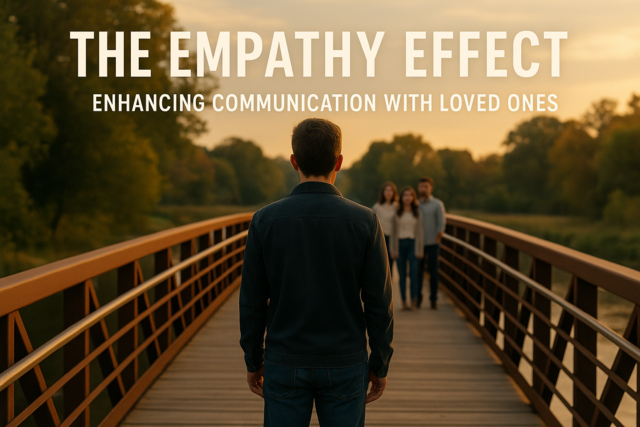 3 hours
0.3 CEUs
The Empathy Effect: Enhancing Communication with Loved Ones
+ More Info
3 hours
0.3 CEUs
The Empathy Effect: Enhancing Communication with Loved Ones
+ More Info
-
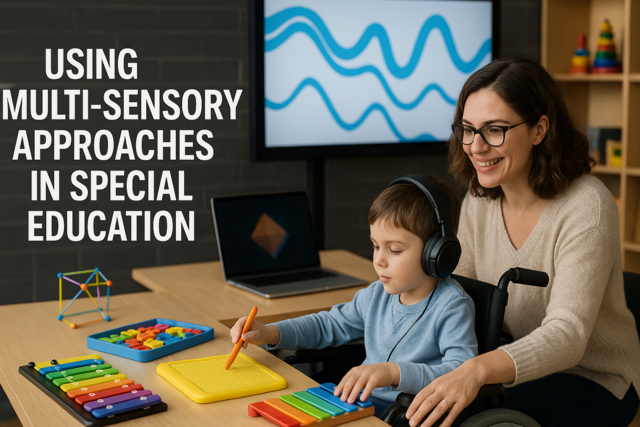 7 hours
0.7 CEUs
Using Multi-Sensory Approaches in Special Education
+ More Info
7 hours
0.7 CEUs
Using Multi-Sensory Approaches in Special Education
+ More Info
-
 5 hours
0.5 CEUs
Contemporary Luxury: Redefining Modern Fashion
+ More Info
5 hours
0.5 CEUs
Contemporary Luxury: Redefining Modern Fashion
+ More Info
-
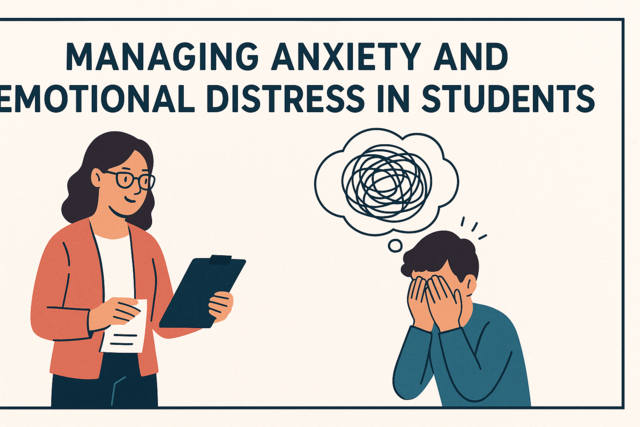 6 hours
0.6 CEUs
Managing Anxiety and Emotional Distress in Students
+ More Info
6 hours
0.6 CEUs
Managing Anxiety and Emotional Distress in Students
+ More Info
-
 4 hours
0.4 CEUs
Assertiveness Training for Professionals
+ More Info
4 hours
0.4 CEUs
Assertiveness Training for Professionals
+ More Info
-
 4 hours
0.4 CEUs
Developing Self-Advocacy Skills in Students with Disabilities
+ More Info
4 hours
0.4 CEUs
Developing Self-Advocacy Skills in Students with Disabilities
+ More Info
-
 5 hours
0.5 CEUs
The Art of Listening: Creating Understanding in Relationships
+ More Info
5 hours
0.5 CEUs
The Art of Listening: Creating Understanding in Relationships
+ More Info
-
 5 hours
0.5 CEUs
Creating a Safe and Supportive Learning Environment
+ More Info
5 hours
0.5 CEUs
Creating a Safe and Supportive Learning Environment
+ More Info
-
 3 hours
0.3 CEUs
Agile and Scrum Fundamentals
+ More Info
3 hours
0.3 CEUs
Agile and Scrum Fundamentals
+ More Info
-
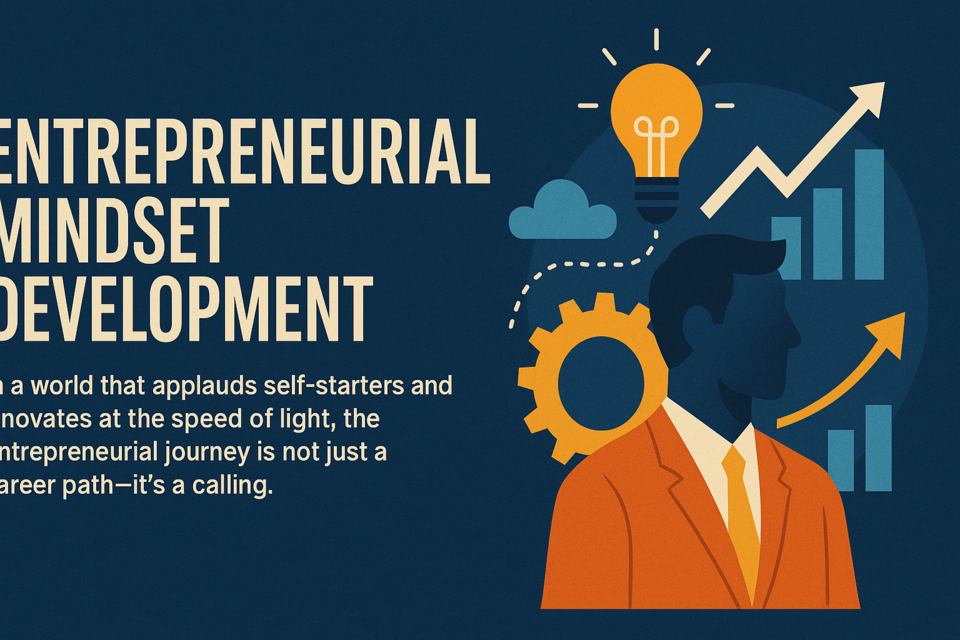 7 hours
0.7 CEUs
Entrepreneurial Mindset Development
+ More Info
7 hours
0.7 CEUs
Entrepreneurial Mindset Development
+ More Info
-
 5 hours
0.5 CEUs
Conscious Living: Mastering Mindfulness
+ More Info
5 hours
0.5 CEUs
Conscious Living: Mastering Mindfulness
+ More Info
-
 3 hours
0.3 CEUs
Essentials of Contract Negotiation
+ More Info
3 hours
0.3 CEUs
Essentials of Contract Negotiation
+ More Info
-
 4 hours
0.4 CEUs
Unlocking Resilience: Techniques for Tough Times
+ More Info
4 hours
0.4 CEUs
Unlocking Resilience: Techniques for Tough Times
+ More Info
-
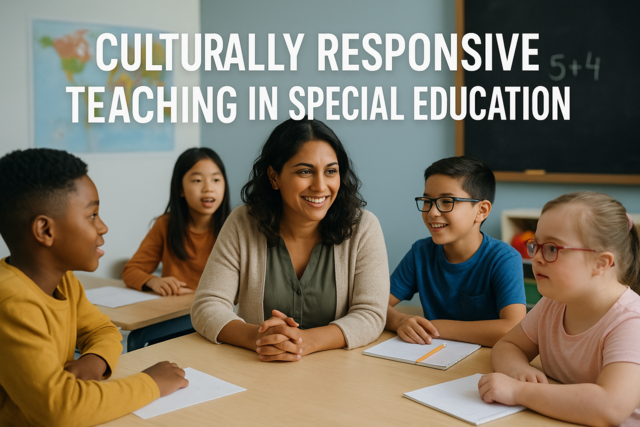 6 hours
0.6 CEUs
Culturally Responsive Teaching in Special Education
+ More Info
6 hours
0.6 CEUs
Culturally Responsive Teaching in Special Education
+ More Info
-
 7 hours
0.7 CEUs
Healthy Sleep Habits and Their Importance
+ More Info
7 hours
0.7 CEUs
Healthy Sleep Habits and Their Importance
+ More Info
-
 7 hours
0.7 CEUs
Emotional Detox: Clearing Pathways to Better Relationships
+ More Info
7 hours
0.7 CEUs
Emotional Detox: Clearing Pathways to Better Relationships
+ More Info




